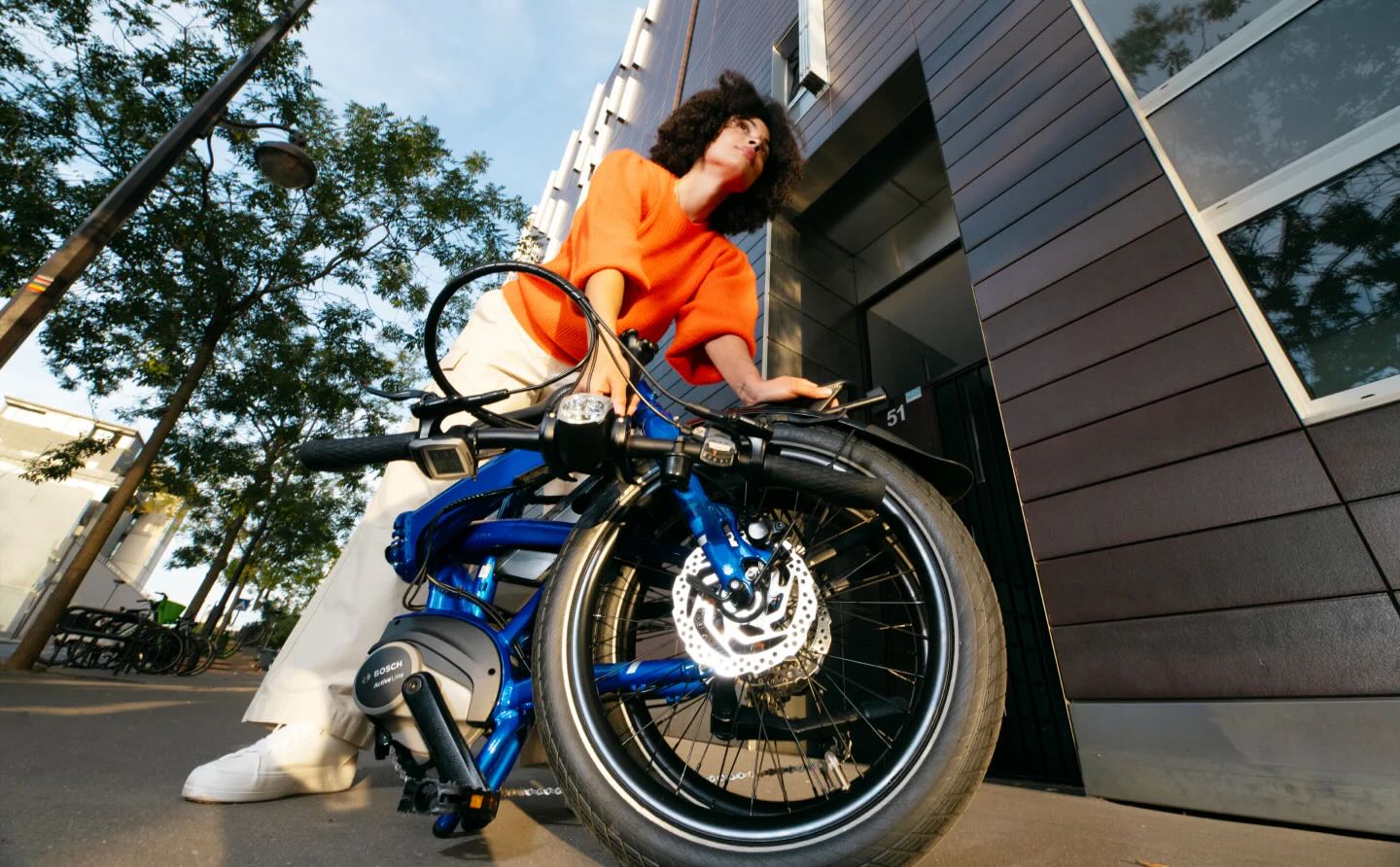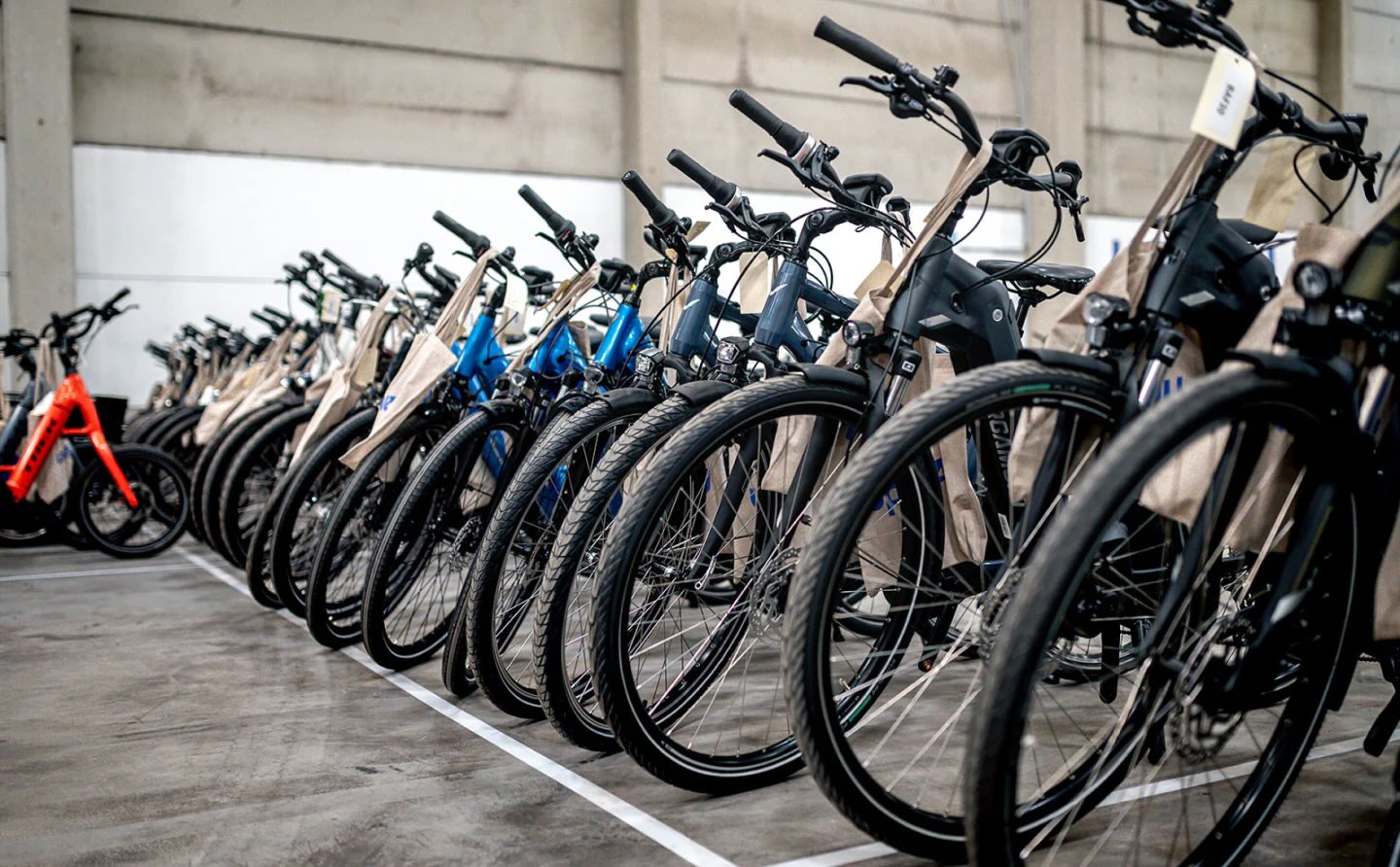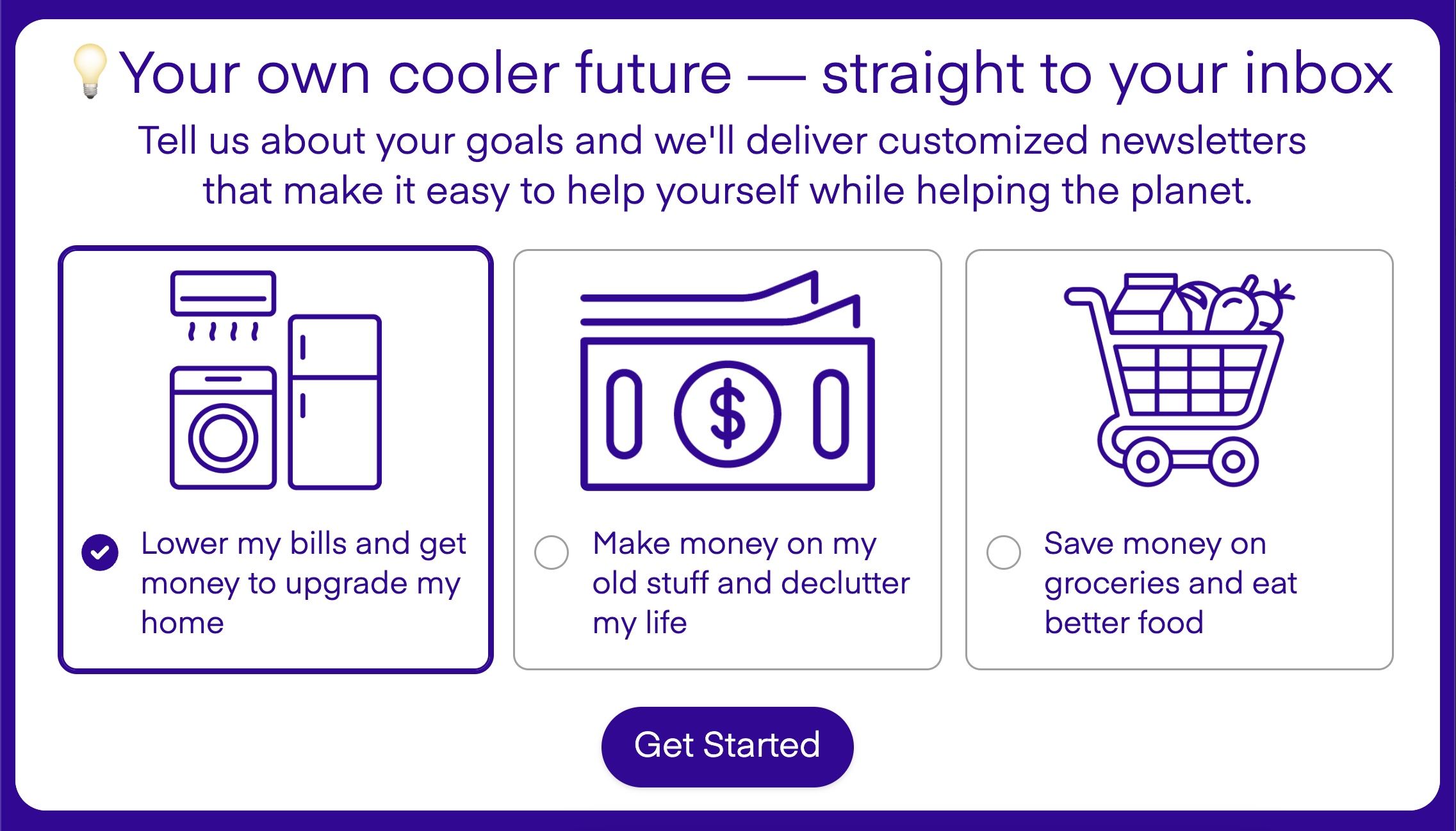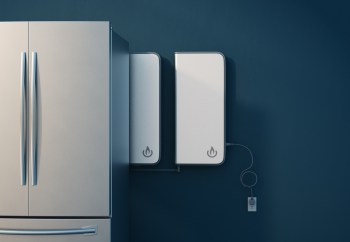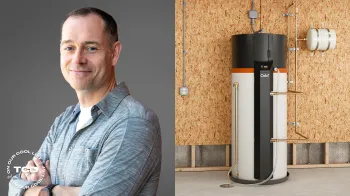Experts at startup Lydian are tackling air pollution on its home turf in the sky.
Specifically, the Massachusetts-based company is leveraging low-cost renewable energy, carbon dioxide, and water to make a ready-to-use, carbon-neutral jet fuel alternative. It comes with astounding 95% lower heat-trapping gas emissions, all according to a press release.
The latest news involves the successful testing of a North Carolina pilot station.
"In less than three years, we've moved from concept to pilot, which marks a pivotal step toward our long-term goal of decarbonizing aviation," CEO Joe Rodden said in the statement.
Aviation is widely reported to account for about 2.5% of worldwide, energy-related carbon dioxide emissions. The fume volume has accelerated faster than rail, road, or shipping since 2000, according to the International Energy Agency.
Once spewed, the exhaust contributes to our planet's warming. Massachusetts Institute of Technology experts said the higher temperatures, combined with natural weather patterns, play a part in worsening severe weather and harmful ocean warming — conditions already being realized.
Watch now: Giant snails invading New York City?
Many flights use sustainable aviation fuel, or SAF, which is a non-petroleum product that has reduced emissions compared to conventional fuels, according to the U.S. Department of Energy.
But Lydian's team thinks it can make it much cleaner. Its process collects abundant carbon dioxide — partially generated from planes themselves — and sends it to specialized synthetic gas production tech, where water is added. Low-cost renewable energy powers the transformation happening inside a shipping container-sized unit. The syngas is then sent to a fuel synthesis station, where it's made ready to power aircraft, all per a Lydian rendering that details the process.
Part of the efficiency comes by operating only when renewable power can be bought at low prices. By running at ideal times, the process avoids extreme energy expenses typical to power-to-liquid operations. What's more, the strategic electricity use doesn't strain the grid and avoids competition for valuable electricity, all per the release.
The pilot operation can produce 25 gallons of e-fuel daily, which represents massive progress for Lydian. But it's not much when considering that big aircraft can burn that amount in minutes, TechCrunch noted.
TCD Picks » Upway Spotlight

|
Do you worry about air pollution in and around your home? Click your choice to see results and speak your mind. |
The team includes NASA, Stanford, and MIT experts. By 2030, the plan is to be making 20 million gallons of fuel per year for commercial flights and even for the Department of Defense, all per the release.
"This pilot showcases the viability of our novel technology to produce SAF and our ability to scale toward commercial production in record time," Rodden said.
Hydrogen fuel is another alternative being developed for flight and transportation. But it isn't entirely clean, depending on how it's made and used, as noted by the Sierra Club. And even syngas has some flammability and toxicity concerns that could result from uncontrolled releases, according to ScienceDirect.
For their part, carbon neutral efforts are geared to remove as much CO2 from the air as the operation — or in this case flights and fuel production — generate. Meta and other companies are investing in solar farms to offset energy demand for their growing data centers, as another example.
Anyone can help to remove air pollution from the environment by planting trees. One mature tree absorbs 48 pounds of CO2 annually, according to the Arbor Day Foundation. By letting native plants and flowers grow in your yard, you can also help pollinator health, which is crucial to our food supply.
Join our free newsletter for weekly updates on the latest innovations improving our lives and shaping our future, and don't miss this cool list of easy ways to help yourself while helping the planet.




